- Clutter is an inevitable part of a busy life, but decluttering can bring a refreshing sense of order to your home. With the right approach, you can transform your space quickly and efficiently. Follow this guide to make decluttering a seamless, stress-free experience.
Where to Start When Decluttering Your Home
Deciding to declutter is a big step, but knowing where to begin can feel overwhelming. To stay on track, start by defining your decluttering goals. Are you simply tidying up, or are you aiming to create a long-term organizational system? Having a clear objective will help you prioritize tasks effectively.
"Rather than diving headfirst into a major overhaul, start with an easy win."
Get Started with Small Wins
Rather than diving headfirst into a major overhaul, start with an easy win. Choose a manageable area, such as a spice rack or a single drawer. This builds momentum and confidence for tackling larger projects like your wardrobe or storage rooms.
The Best Method for Tackling a Cluttered Room
A structured approach makes decluttering easier. One of the simplest and most effective techniques is the Four-Box Method, where you sort items into four categories:
- Trash: Items that are no longer usable. Use Glad Heavy Duty ForceFlex Drawstring Bags dispose of them properly and recycle when possible.
- Give Away/Sell: Items in good condition that you no longer need but someone else might enjoy.
- Storage: Seasonal or infrequently used items that should be kept but don’t need to be in daily living spaces.
- Put Away: Belongings that have a place but are currently misplaced.

For added efficiency, consider a fifth box for items that need repairs, such as a watch that needs a new battery.
Room-by-Room Decluttering Tips:
Start with one room at a time, focusing on specific areas like closets, drawers, and shelves. By tackling each space individually, you can systematically sort through items, deciding what to keep, donate, or discard.
Decluttering Your Bedroom
Your bedroom should be a peaceful retreat, free of excess clutter. Start by tidying visible messes like unmade beds and scattered laundry, then move on to these key areas:
Nightstands
Limit nightstand items to essentials like a lamp, alarm clock, and perhaps a book. Remove unnecessary clutter to keep surfaces clear.

Dressers & Drawers
Use the Four-Box Method to sort through clothing. A good rule of thumb: if you haven’t worn an item in six months, donate or sell it. Fold clothes into small rectangles and place them upright in drawers for easy access.
Closets
Closets are a common clutter zone. Remove everything first, then sort items based on frequency of use. Store everyday clothes in accessible areas, and organize by category, season, or color for easier retrieval.
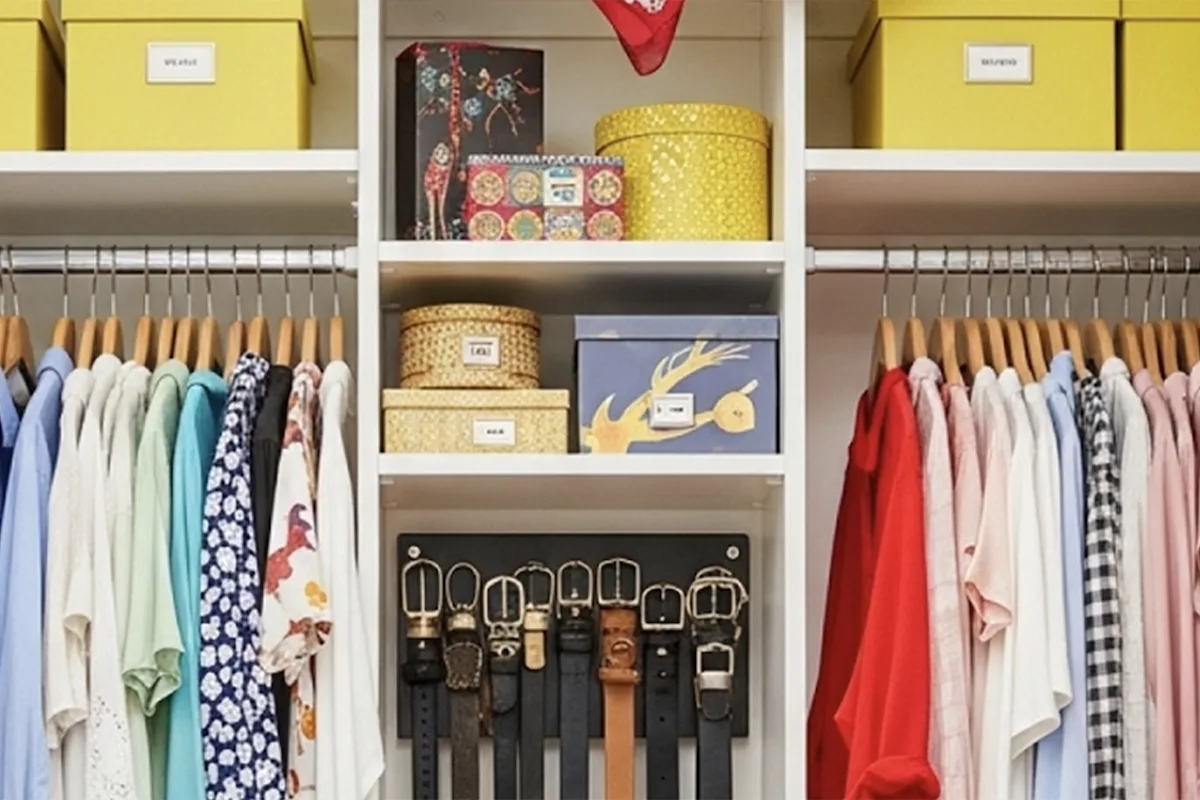
Decluttering Your Bathroom
Bathrooms tend to accumulate expired products and duplicates. Here’s how to keep yours tidy:
- Purge Expired Beauty Products: Use Glad Small Unscented Bags to toss anything past its expiration date, including old makeup and skincare items.
- Sort Your Medicine Cabinet: Dispose of expired medications and stretched-out hair ties.
- Maximize Storage: Use labeled jars for small essentials, magnetic strips for bobby pins, and hanging organizers for hair tools.
Decluttering Your Living Room
Your living room is a high-traffic area, making it a common clutter hotspot. Keep it organized with this simple three-step checklist:
- Sort Through Books, Magazines & Toys: Donate old books, recycle outdated magazines, and toss broken toys.
- Reduce Knickknacks: Keep only meaningful decor and minimize dust-collecting items.
- Designate Storage for Everyday Items: Use baskets or drawers to keep remotes, chargers, and gaming controllers organized.
Decluttering Your Home Office
A clutter-free workspace enhances productivity. Organize your home office with these tips:
- Digitize Documents: Reduce paper clutter by scanning and storing documents electronically.
- Declutter Your Desk: Keep only essentials within reach, and store supplies neatly in drawers or organizers.
- Sort Cables & Accessories: Use cable organizers and label chargers to prevent tangled messes.

Maintain a Clutter-Free Home
Decluttering isn’t a one-time task—it’s an ongoing habit. Here’s how to keep your home organized long-term:
- Adopt the One-In, One-Out Rule: When you bring in a new item, donate or discard something old.
- Schedule Regular Decluttering Sessions: Set aside time weekly or monthly to keep clutter in check.
- Use Smart Storage Solutions: Invest in organizers, shelves, and bins to maintain order.
Decluttering doesn’t have to be a hassle. By starting small, using effective methods, and staying consistent, you can create a home that feels organized and stress-free year-round.
TRASH BAGS FOR YOUR TOUGHEST JOBS— IN AND OUT OF THE KITCHEN

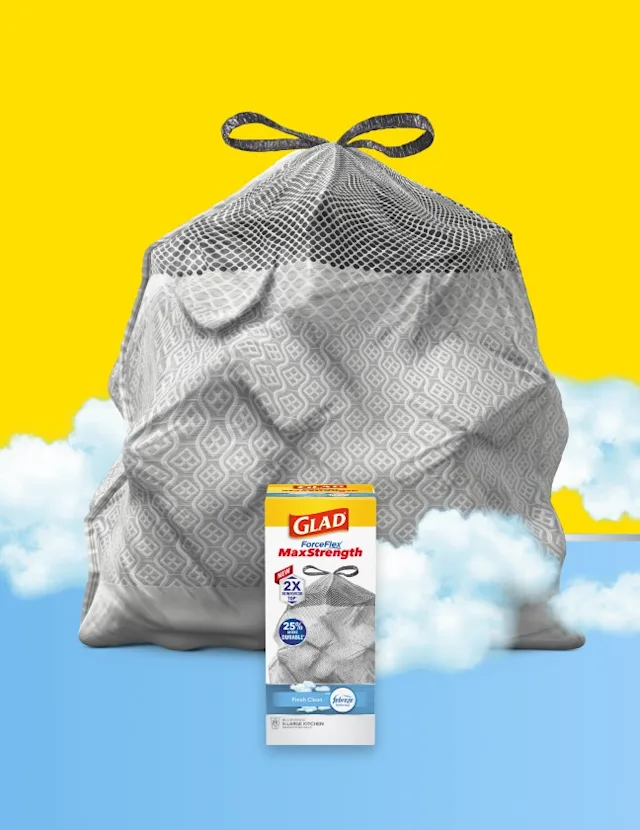
Please enable cookies to shop

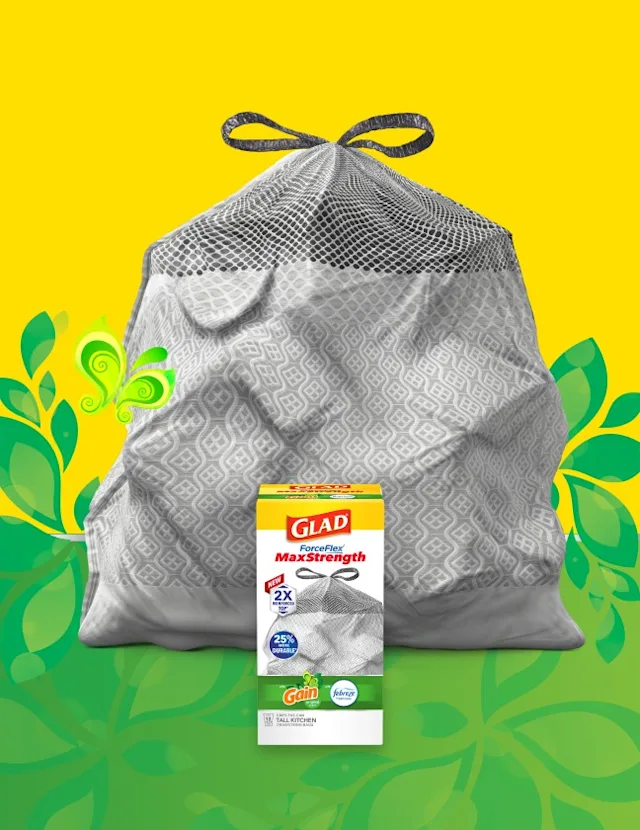
Please enable cookies to shop


Please enable cookies to shop
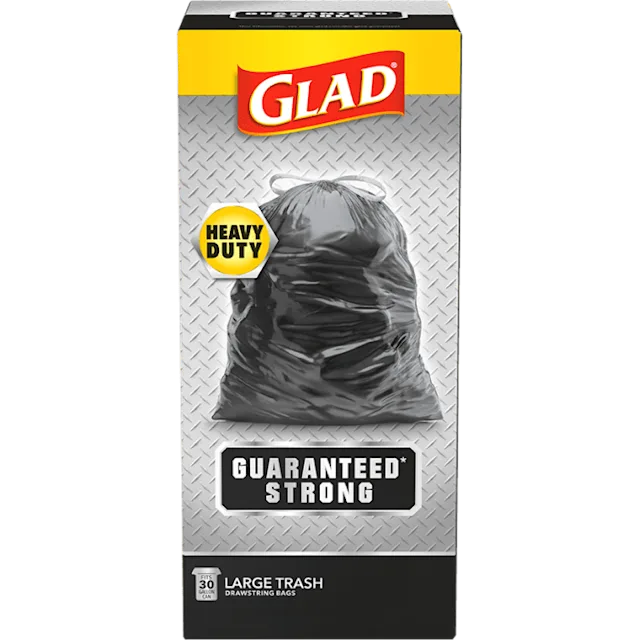
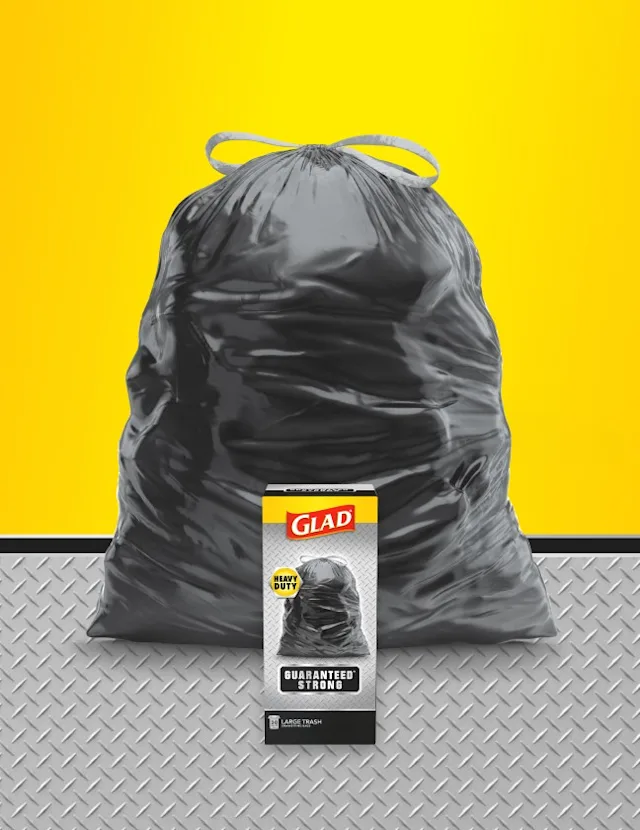
Please enable cookies to shop













